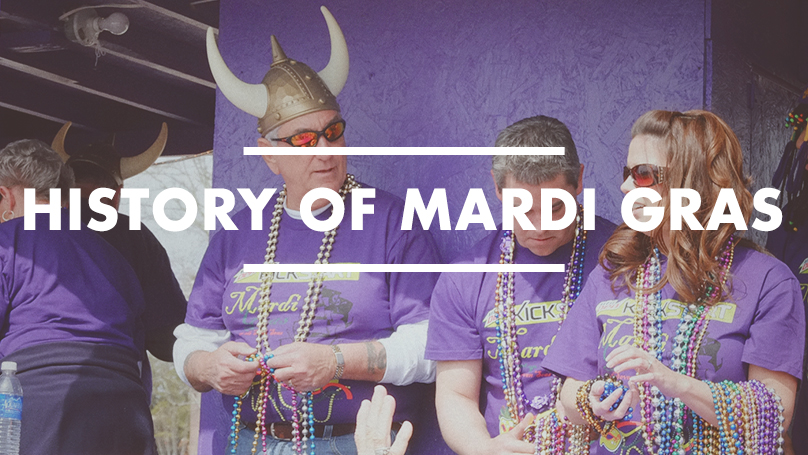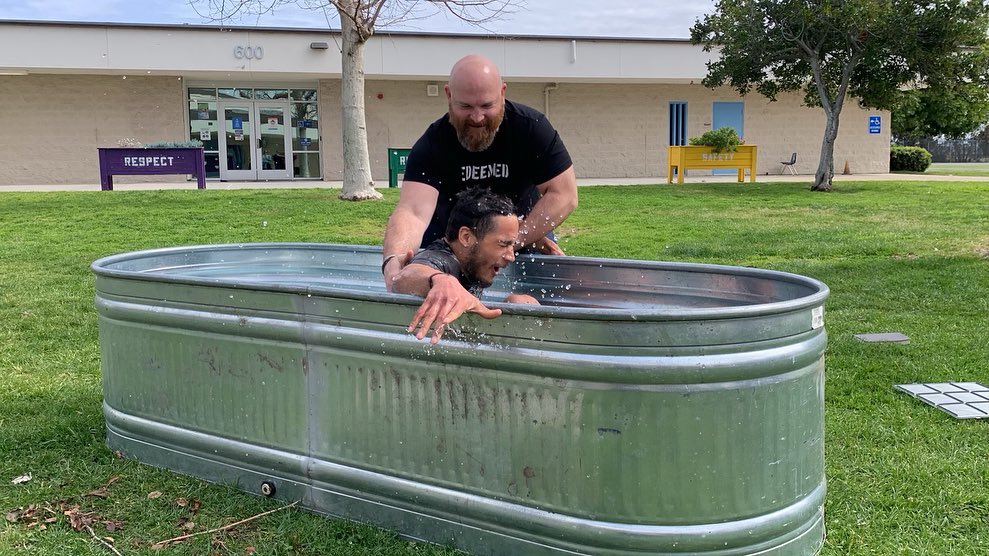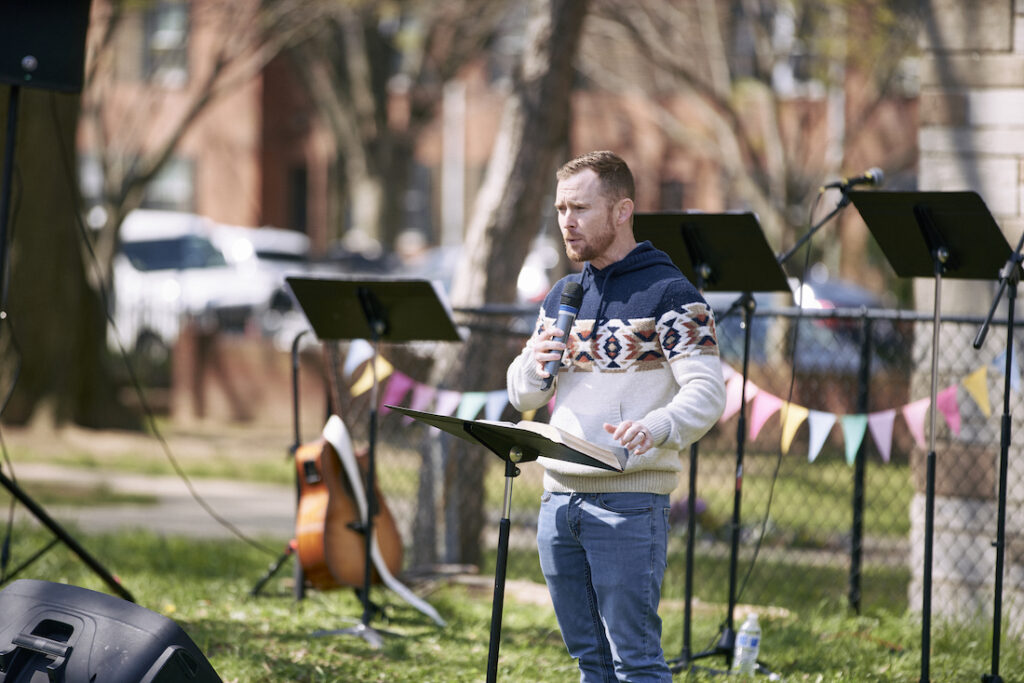When I first moved to New Orleans, a couple of church planters invited me to a Mardi Gras parade. A little surprised and uneasy, I said I would check with my wife. My idea of Mardi Gras was what I had seen on T.V. and it would make any pastor blush. What I learned, however, was that there was a very different story to Mardi Gras with the residents of New Orleans.
History of Mardi Gras
Although Mardi Gras can be traced back to European medieval times, historians believe that the first American Mardi Gras took place on March 3, 1699, when the French explorers Iberville and Bienville landed in Louisiana 60 miles downriver of New Orleans. Realizing it was the Eve of Mardi Gras, they held a celebration and named the spot Point du Mardi Gras. In 1703, the tiny settlement of Fort Louis de la Mobile (Mobile, Alabama) celebrated North America’s very first organized Mardi Gras. New Orleans was established in 1718 and by 1730 Mardi Gras was openly celebrated in the city. In the years that followed, as New Orleans was transitioning between France, Spain, and finally the United States, the city began marking the holiday with much more emphasis and pageantry. Krewes (organized private clubs) began electing a Rex (a carnival King), assembling street parades and hosting masked balls and festive dinners. Mardi Gras and Carnival are the same celebration. The Carnival season actually begins on Epiphany, a Christian holiday celebrated on January 6 that remembers the three Wise Men bringing gifts to baby Jesus. Mardi Gras is technically “Fat Tuesday,” the day when everyone practices overindulgence before Ash Wednesday, partying before repentance. The feast before the fast. Ash Wednesday marks the beginning of Lent, a 40-day season of fasting leading up to Easter. As part of New Orleans’ Orthodox Christian tradition, the coming of the Wise Men bearing gifts to the Christ Child is celebrated twelve days after Christmas. This marks the beginning of Epiphany. A popular custom was and still is the baking of a special cake in honor of the three kings, called “A King’s Cake.” From the beginning of Mardi Gras season, Jan 6, until Ash Wednesday you will find traditional King Cakes in homes, offices, and shipped all over the world as gifts. Today during Mardi Gras, parades are all over the city and are virtually non-stop. Louisiana is the only State that has an official “Mardi Gras” Holiday. Many of the parades are neighborhood celebrations with entire families participating. Only during Mardi Gras can you catch beads, plastic gold doubloons and coconuts during a parade. Mardi Gras has more than just historical ties to New Orleans; it generates a tremendous amount of revenue for the City. Last year 1.2 million visitors attended the Mardi Gras Celebrations. The direct economic impact for the city in 2014 was 147.5 million dollars.
Hope in Mardi Gras
My perception and understanding of Mardi Gras has completely changed over the last year. Here in New Orleans there are two crowds participating in Mardi-Gras: visitors, who tend to participate in the unruly and unrestrained images we find on T.V., and the residents of New Orleans who tend to participate in community and neighborhood parades that are far more family friendly. Life in New Orleans is really one long season of celebration, but Mardi Gras is the climax of all celebrations. This season of celebration and fasting is a great reminder of the greatest Ash Wednesday ever, the day Christ took on sin at Calvary, removing our guilt and shame once and for all. There can be no greater celebration of this truth than the resurrection of Jesus! Join me in praying for the many residents of New Orleans this Mardi Gras season. Pray they see past religious traditions that do not save and see the living hope of the gospel that brings new life. That is a reason to celebrate!
Published February 9, 2015




